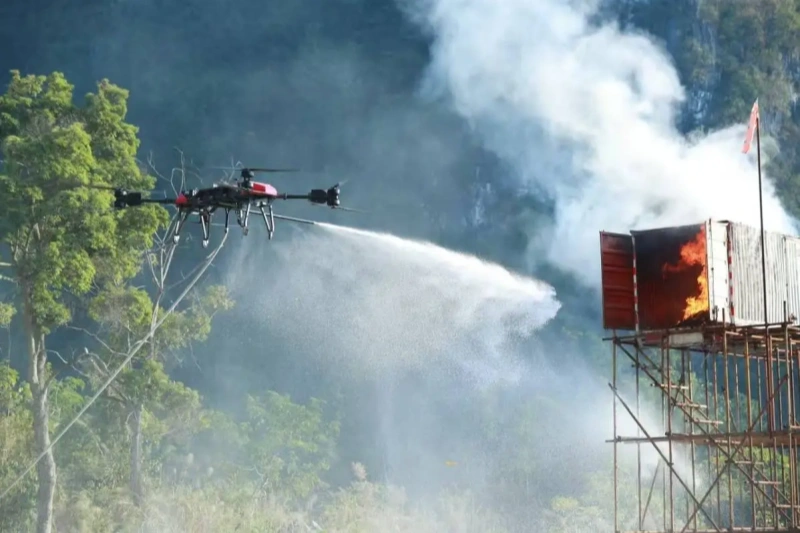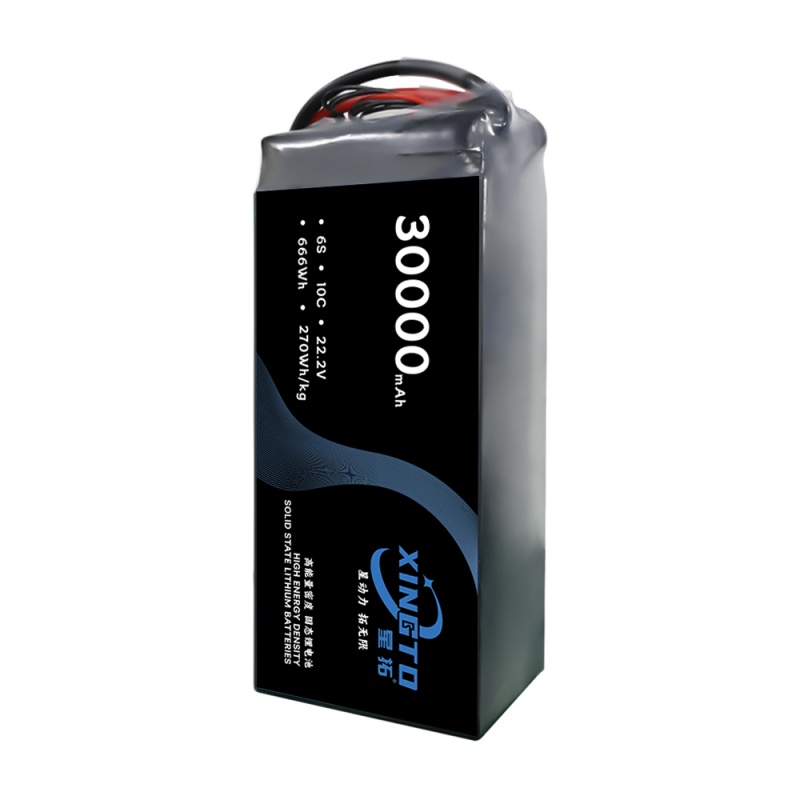Firefighting drones enhance operations through rapid deployment, real-time data, and increased strategic effectiveness. They improve firefighter safety by assessing hazardous environments and providing situational awareness before human intervention. Equipped with thermal imaging and firefighting gear, these drones rely on stable high-capacity battery power to make high-frequency adjustments and operate continuously in challenging conditions.

First, firefighting drones have low requirements for site space. Narrow streets, tree-lined ground and intertwined wires will not affect takeoff. Second, firefighting drones are maneuverable in the air and can fly to the vicinity of the fire scene to extinguish the fire directly. Third, the strike is accurate, and the firefighting is efficient and targeted. Fourth, it is convenient for the deployment of firefighters on the ground to work together, and multiple drones can work together to suppress the spread of fire. Finally, the impact of drone firefighting on the ground is controllable, reducing damage to neighboring areas.
Key requirements for firefighting drone batteries
- High Capacity and Energy Density: Supports extended flight times and heavy payloads
- Durability and Safety: The battery is rugged and features advanced safety mechanisms to prevent overheating, short circuits, and other potential hazards, making charging operations safe and reliable.
- Fast Charging Capability: Rapid charging solutions minimize downtime, ensuring your drone can be redeployed as quickly as possible.
- Long Cycle Life: Battery life ensures your investment in a power solution is always cost-effective.





